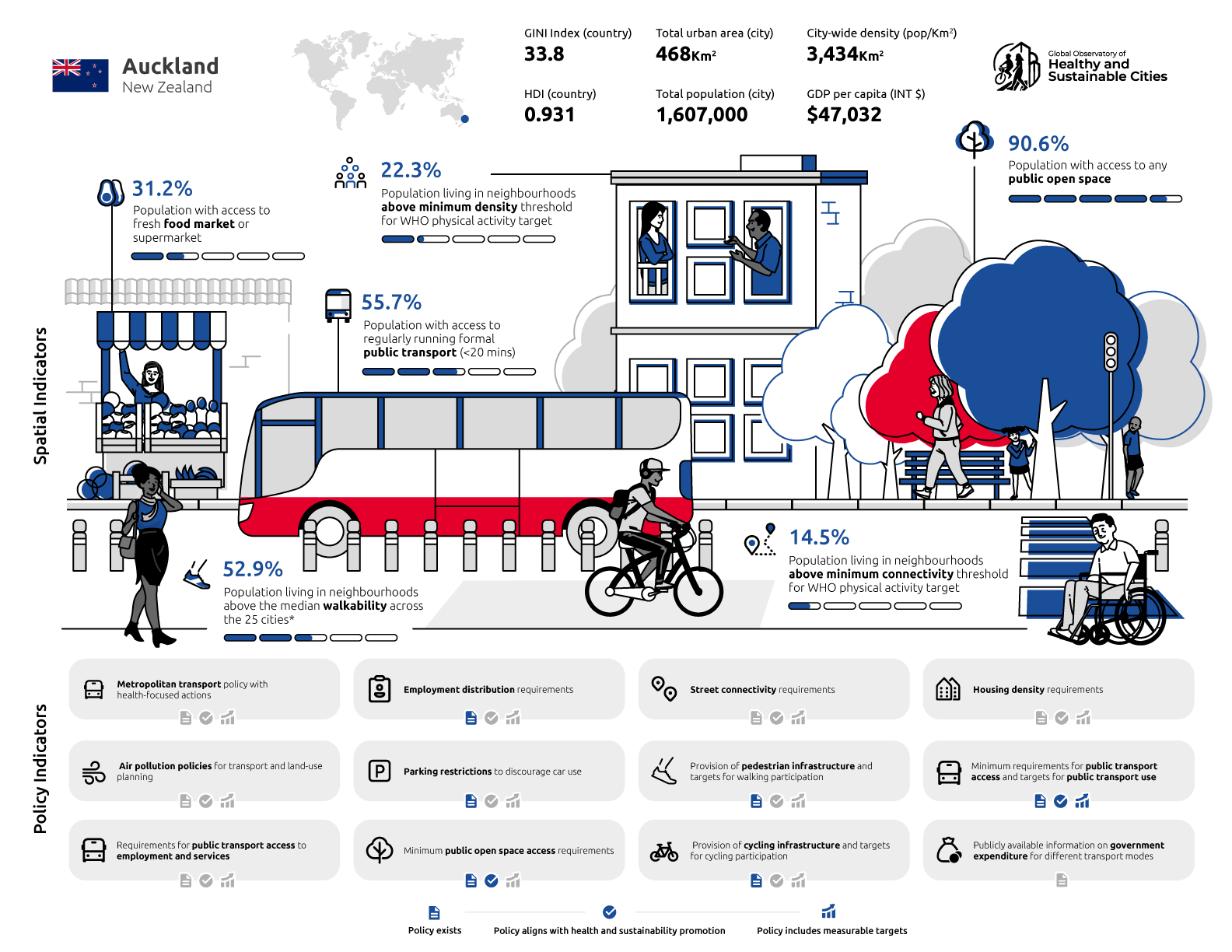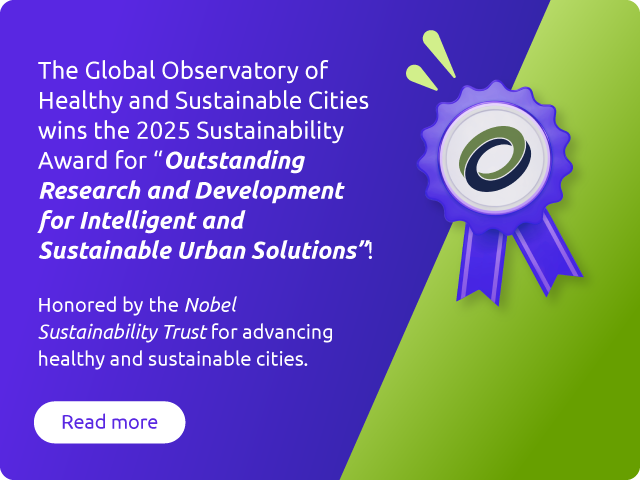The Global Observatory for Healthy and Sustainable Cities website in 2021 was sponsored by the People, Health and Place unit, co-directed by Dr. Deborah Salvo and Dr. Rodrigo Reis, of the Prevention Research Center, at the Brown School, in Washington University in St. Louis. Subsequent website updates and expansion through 2025 have been supported by the People, Health and Place Lab and the Center for Research to Community Impact, directed by Dr. Deborah Salvo at the College of Education of the University of Texas at Austin.
© 2025 Global Observatory of Healthy Sustainable Cities. All Rights Reserved



















